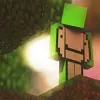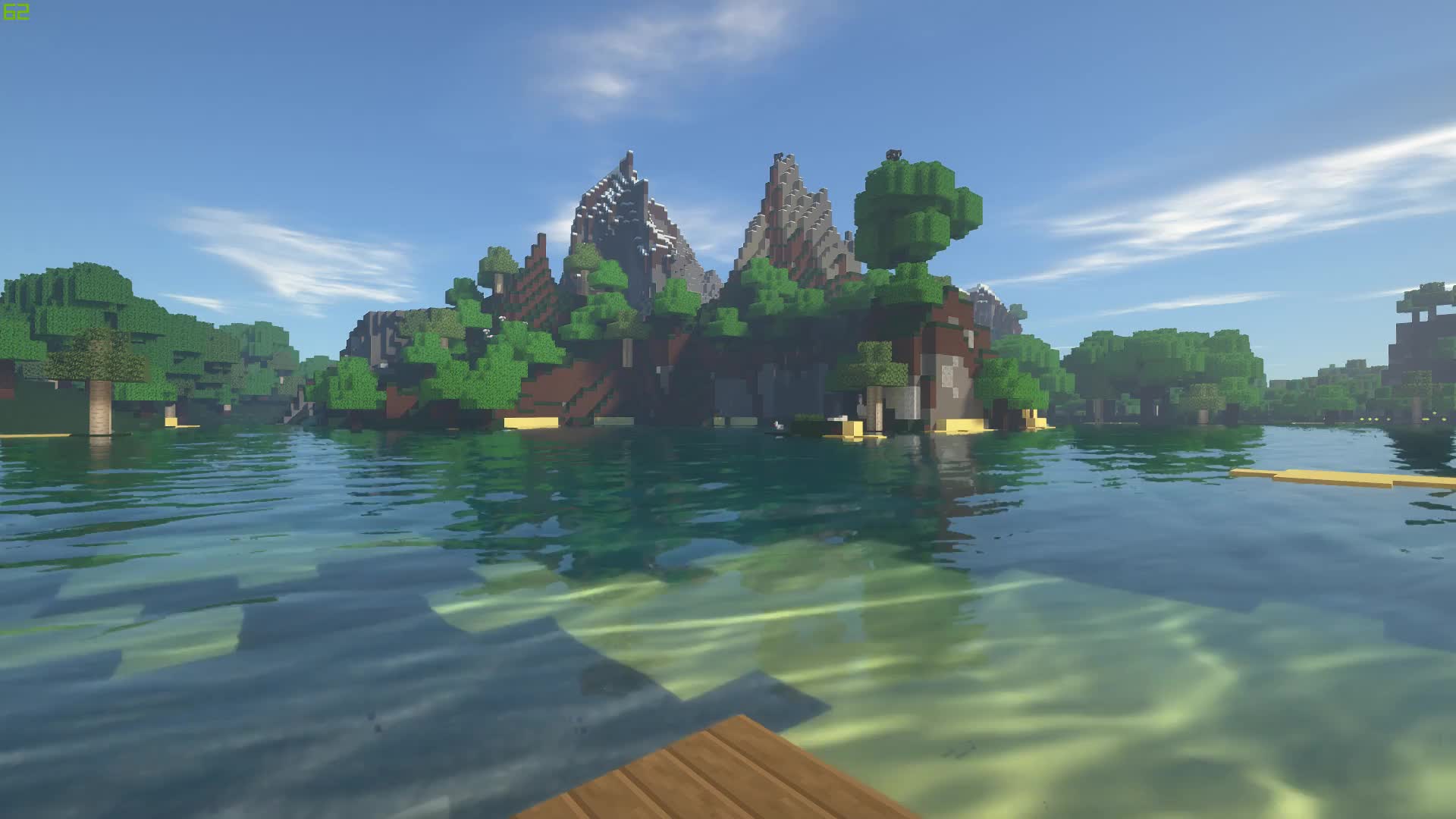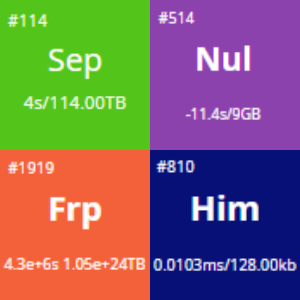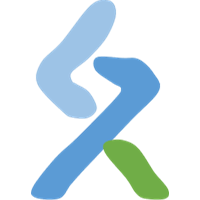C++开发C++开发C++游戏开发基础课3
serverDream1.回顾
地图
1
2
3
4
5
6
7
8
9
10
| string map1[10] = {"####################",
"#Y #",
"# #",
"# #",
"# #",
"# #",
"# #",
"# #",
"# X#",
"####################"};
|
输出
1
2
3
4
5
6
7
| void print(string maps[], int size) {
system("cls");
for(int i = 0; i < size, i++) {
cout << maps[i] << endl;
}
return;
}
|
调用示例
2.编写移动程序
移动程序Move需要许多代码模块,先让我们滤清思路,再继续编写
1.检查玩家初始位置
我们需要将地图便利一遍,寻找玩家初始位置’Y’的位置,然后将’Y’删除(变成空格)并记录该位置,代码如下
1
2
3
4
5
6
7
8
9
10
| for(int i = 0; i < size; i++) {
for(int j = 0; j < maps[i].size(); j++) {
if(maps[i][j] == 'Y') {
y = i;
x = j;
maps[i][j] = ' ';
break;
}
}
}
|
2.检测并移动
①检测输入
我们需要使用到输入函数getch来读取玩家的操作(WASD),代码如下
②移动(w)
先检测按下的键是否是w
1
| if(a == 'w' || a == 'W')
|
再改变玩家的y坐标
1
2
3
4
5
| if(a == 'w' || a == 'W') {
if(maps[y - 1][x] != '#') {
y--;
}
}
|

③完善其余方向移动
1
2
3
4
5
6
7
8
9
10
11
12
13
14
15
16
17
| if(a == 'w' || a == 'W') {
if(maps[y - 1][x] != '#') {
y--;
}
} else if(a == 's' || a == 'S') {
if(maps[y + 1][x] != '#') {
y++;
}
} else if(a == 'a' || a == 'A') {
if(maps[y][x - 1] != '#') {
x--;
}
} else if(a == 'd' || a == "D") {
if(maps[y][x + 1] != '#') {
x++;
}
}
|
④胜利条件
胜利条件为到达终点
1
2
3
4
5
| if(maps[y][x] == 'X') {
system("cls");
cout << "你赢了!" << endl;
return;
}
|
⑤改进显示地图函数
由于我们的xy坐标并没有在地图中通过字符改变,所以我们需要在显示地图函数中加入判断,以显示玩家位置
1
2
3
4
5
6
7
8
9
10
11
12
13
| void print(string maps[], int size, int x, int y) {
system("cls");
for(int i = 0; i < size; i++) {
for(int j = 0; j < maps[i].size(); j++) {
if(i == y && j == x) {
cout << "Y";
} else {
cout << maps[i][j];
}
}
}
return;
}
|
⑥移动代码
1
2
3
4
5
6
7
8
9
10
11
12
13
14
15
16
17
18
19
20
21
22
23
24
25
26
27
28
29
30
31
32
33
34
35
36
37
38
39
40
| void move(string maps[], int size) {
int x, y;
for(int i = 0; i < size; i++) {
for(int j = 0; j < maps[i].size(); j++) {
if(maps[i][j] == 'Y') {
y = i;
x = j;
maps[i][j] = ' ';
break;
}
}
}
while(true) {
print(maps, size, x, y);
char a = getch();
if(a == 'w' || a == 'W') {
if(maps[y - 1][x] != '#') {
y--;
}
} else if(a == 's' || a == 'S') {
if(maps[y + 1][x] != '#') {
y++;
}
} else if(a == 'a' || a == 'A') {
if(maps[y][x - 1] != '#') {
x--;
}
} else if(a == 'd' || a == 'D') {
if(maps[y][x + 1] != '#') {
x++;
}
}
if(maps[y][x] == 'X') {
system("cls");
cout << "你赢了!" << endl;
return;
}
}
return;
}
|
4.调用函数
在主函数中调用移动函数,以启动游戏
1
2
3
4
| int main() {
move(map1, 10);
return 0;
}
|
3.完善程序
这是最终的程序
1
2
3
4
5
6
7
8
9
10
11
12
13
14
15
16
17
18
19
20
21
22
23
24
25
26
27
28
29
30
31
32
33
34
35
36
37
38
39
40
41
42
43
44
45
46
47
48
49
50
51
52
53
54
55
56
57
58
59
60
61
62
63
64
65
66
67
68
69
70
71
72
73
| #include <iostream>
#include <conio.h>
#include <cstring>
#include <windows.h>
using namespace std;
string map1[10] = {"####################",
"#Y #",
"# #",
"# #",
"# #",
"# #",
"# #",
"# #",
"# X#",
"####################"};
void print(string maps[], int size, int x, int y) {
system("cls");
for(int i = 0; i < size; i++) {
for(int j = 0; j < maps[i].size(); j++) {
if(i == y && j == x) {
cout << "Y";
} else {
cout << maps[i][j];
}
}
cout << endl;
}
return;
}
void move(string maps[], int size) {
int x, y;
for(int i = 0; i < size; i++) {
for(int j = 0; j < maps[i].size(); j++) {
if(maps[i][j] == 'Y') {
y = i;
x = j;
maps[i][j] = ' ';
break;
}
}
}
while(true) {
print(maps, size, x, y);
char a = getch();
if(a == 'w' || a == 'W') {
if(maps[y - 1][x] != '#') {
y--;
}
} else if(a == 's' || a == 'S') {
if(maps[y + 1][x] != '#') {
y++;
}
} else if(a == 'a' || a == 'A') {
if(maps[y][x - 1] != '#') {
x--;
}
} else if(a == 'd' || a == 'D') {
if(maps[y][x + 1] != '#') {
x++;
}
}
if(maps[y][x] == 'X') {
system("cls");
cout << "你赢了!" << endl;
return;
}
}
return;
}
int main() {
move(map1, 10);
return 0;
}
|
下载代码示例












